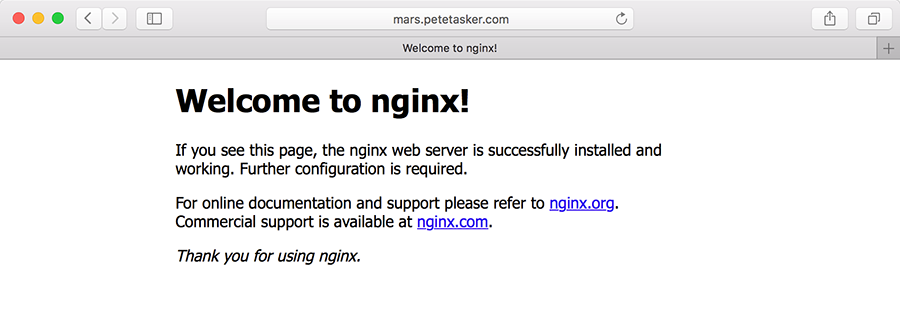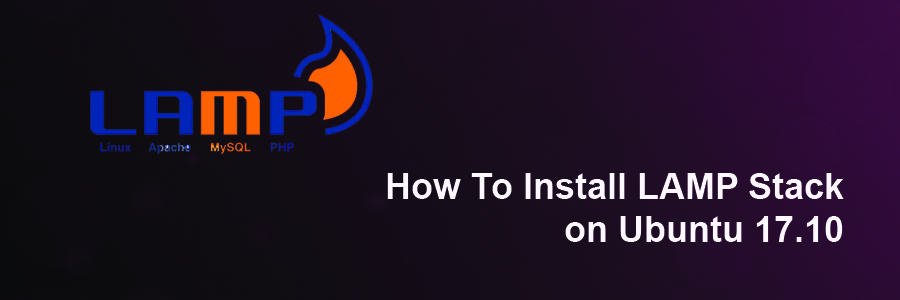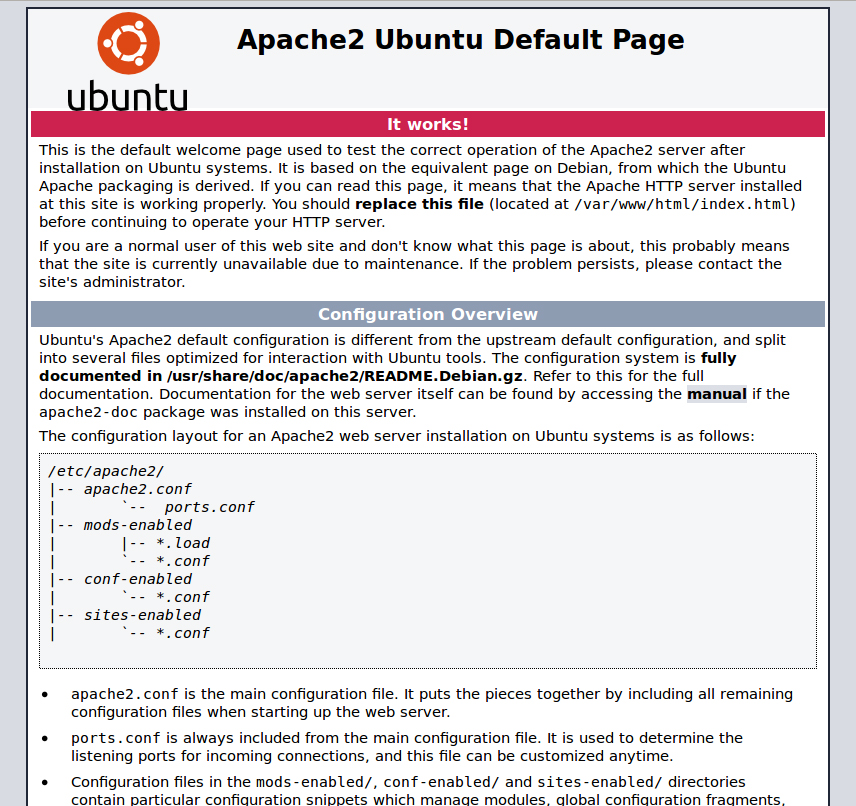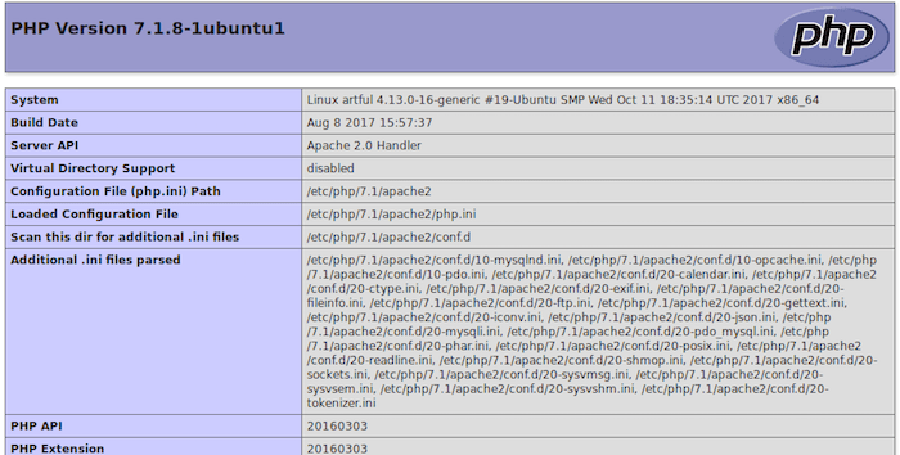LibreNMS is an open source auto-discovering network monitoring tool for servers and network hardware. It supports a wide range of network hardware like Cisco, Juniper, Brocade, Foundry, HP and operating systems including Linux and Windows. LibraNMS is a community-based fork of Network monitoring tool “Observium“, released under GPLv3.
This article assumes you have at least basic knowledge of Linux, know how to use the shell, and most importantly, you host your site on your own VPS. The installation is quite simple and assumes you are running in the root account, if not you may need to add ‘sudo’ to the commands to get root privileges. I will show you through the step by step installation LibreNMS network monitoring tool on an Ubuntu 16.04 Xenial Xerus server.
LibreNMS Features
Automatic discovery
Customisable alerting
API Access
Billing system
Automatic Updates
Distributed Polling
iOS and Android App
Unix Agent
And many more
Install LibreNMS on Ubuntu 16.04 LTS
Step 1. First make sure that all your system packages are up-to-date
sudo apt-get update sudo apt-get upgrade
Step 2. Install LAMP (Linux, Apache, MariaDB, PHP) server.
A Ubuntu 16.04 LAMP server is required. If you do not have LAMP installed, you can follow our guide here. Also install all required PHP modules:
apt-get install php7.0-mysql php7.0-curl php7.0-json php7.0-cgi php7.0 libapache2-mod-php7.0 php7.0-mcrypt php7.0-xmlrpc php7.0-gd
Step 3. Installing LibreNMS.
First, install required packages by LibreNMS:
apt-get install composer fping git graphviz imagemagick mtr-tiny nmap python-memcache python-mysqldb rrdtool snmp whois
Next, Add LibreNMS user:
useradd librenms -d /opt/librenms -M -r usermod -a -G librenms www-data
Then, clone the LibreNMS source code through Git:
cd /opt/ git clone https://github.com/librenms/librenms.git librenms
Set the permission:
chown -R librenms:librenms /opt/librenms
Step 4. Configuring MariaDB for LibreNMS.
By default, MariaDB is not hardened. You can secure MariaDB using the mysql_secure_installation script. you should read and below each steps carefully which will set root password, remove anonymous users, disallow remote root login, and remove the test database and access to secure MariaDB:
mysql_secure_installation
Configure it like this:
- Set root password? [Y/n] y - Remove anonymous users? [Y/n] y - Disallow root login remotely? [Y/n] y - Remove test database and access to it? [Y/n] y - Reload privilege tables now? [Y/n] y
Next we will need to log in to the MariaDB console and create a database for the LibreNMS. Run the following command:
mysql -u root -p
This will prompt you for a password, so enter your MariaDB root password and hit Enter. Once you are logged in to your database server you need to create a database for LibreNMS installation:
MariaDB [(none)]> CREATE DATABASE librenms CHARACTER SET utf8 COLLATE utf8_unicode_ci; MariaDB [(none)]> CREATE USER 'librenms'@'localhost' IDENTIFIED BY 'PASSWORD'; MariaDB [(none)]> GRANT ALL PRIVILEGES ON librenms.* TO 'librenms'@'localhost'; MariaDB [(none)]> FLUSH PRIVILEGES; MariaDB [(none)]> exit
Next, open the MariaDB configuration file and add the following lines under [mysqld] section:
### nano /etc/mysql/mariadb.conf.d/50-server.cnf innodb_file_per_table=1 sql-mode="" lower_case_table_names=0
Restart MariaDB for the changes to take effect:
systemctl restart mariadb
Step 5. Configuring Apache web server for LibreNMS.
Create a new virtual host directive in Apache. For example, create a new Apache configuration file named ‘librenms.conf’ on your virtual server:
sudo a2enmod rewrite touch /etc/apache2/sites-available/librenms.conf ln -s /etc/apache2/sites-available/librenms.conf /etc/apache2/sites-enabled/librenms.conf nano /etc/apache2/sites-available/librenms.conf
Add the following lines:
<VirtualHost *:80> ServerAdmin [email protected] DocumentRoot /opt/librenms/html/ ServerName your-domain.com ServerAlias www.your-domain.com AllowEncodedSlashes NoDecode <Directory "/opt/librenms/html/"> Options FollowSymLinks AllowOverride All Order allow,deny allow from all </Directory> ErrorLog /var/log/apache2/your-domain.com-error_log CustomLog /var/log/apache2/your-domain.com-access_log common </VirtualHost>
Now, we can restart Apache web server so that the changes take place:
a2ensite librenms.conf a2enmod rewrite systemctl restart apache2.service
Step 6. Configure Firewall.
Allow apache through the firewall so that user can able to access LibreNMS portal from an external machine:
ufw allow 80/tcp ufw reload
Step 7. Accessing LibreNMS.
LibreNMS will be available on HTTP port 80 by default. Open your favorite browser and navigate to http://yourdomain.com/ or http://server-ip/ and complete the required the steps to finish the installation. If you are using a firewall, please open port 80 to enable access to the control panel.
Congratulation’s! You have successfully installed LibreNMS. Thanks for using this tutorial for installing LibreNMS network monitoring tool on your Ubuntu 16.04 LTS. For additional help or useful information, we recommend you to check the official LibreNMS web site.









